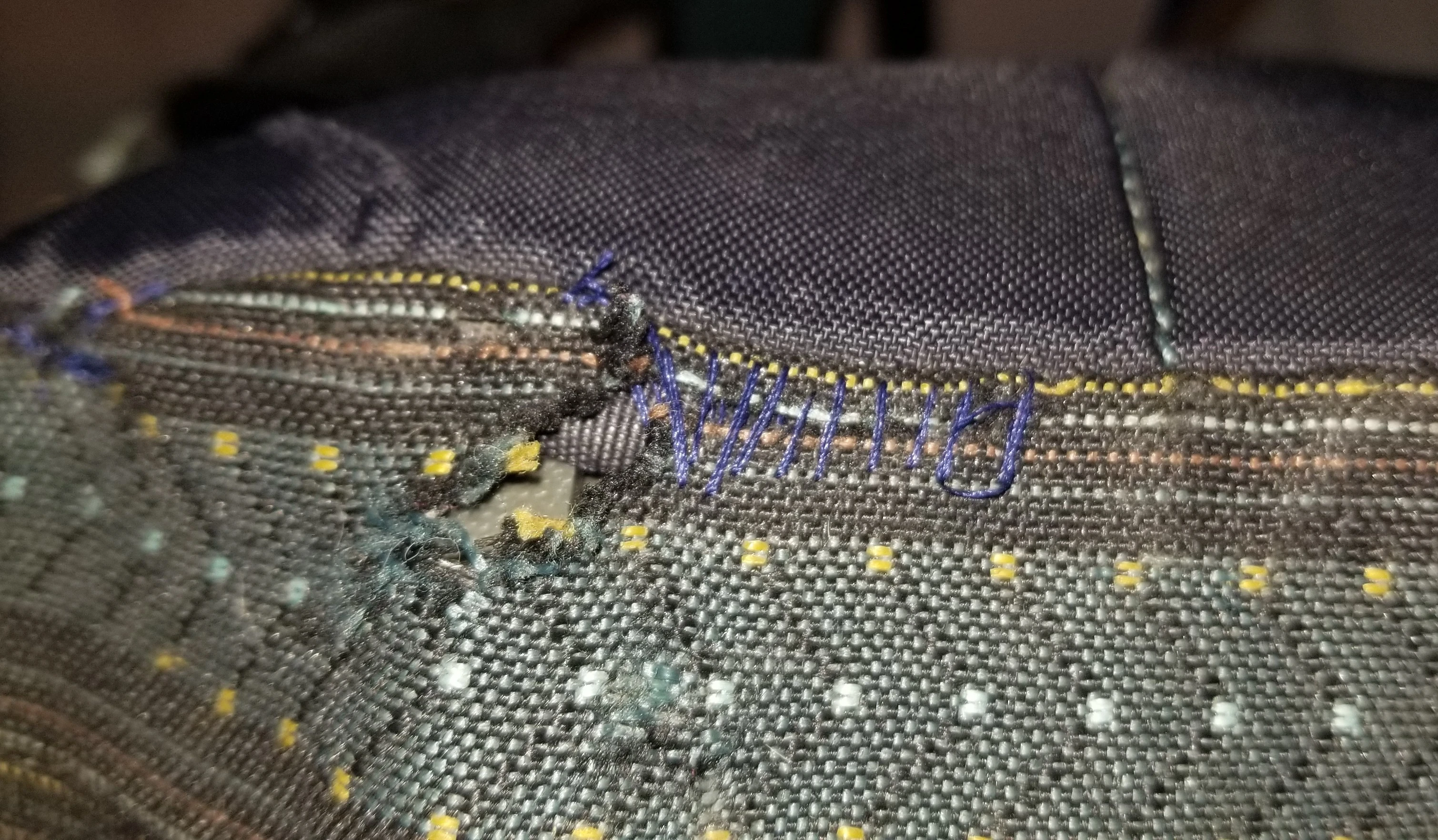Sewing, Repairing and Reducing Waste
1314 readers
1 users here now
A place to share ideas, knowledge and creations with textiles. The focus is on reducing waste, whether that be sewing from the scraps left from other projects, using the end of rolls and remnants, or repairing and remaking finished pieces.
founded 2 years ago
MODERATORS
1
2
3
4
55
Into sewing? Here's a giant map of secondhand fabric stores by city! (USA & Canada)
(www.sewingthroughfog.com)
5
6
7
8
9
10
11
12
13
14
15
16
17
18
19
20
21
22
23
24
25
view more: next ›

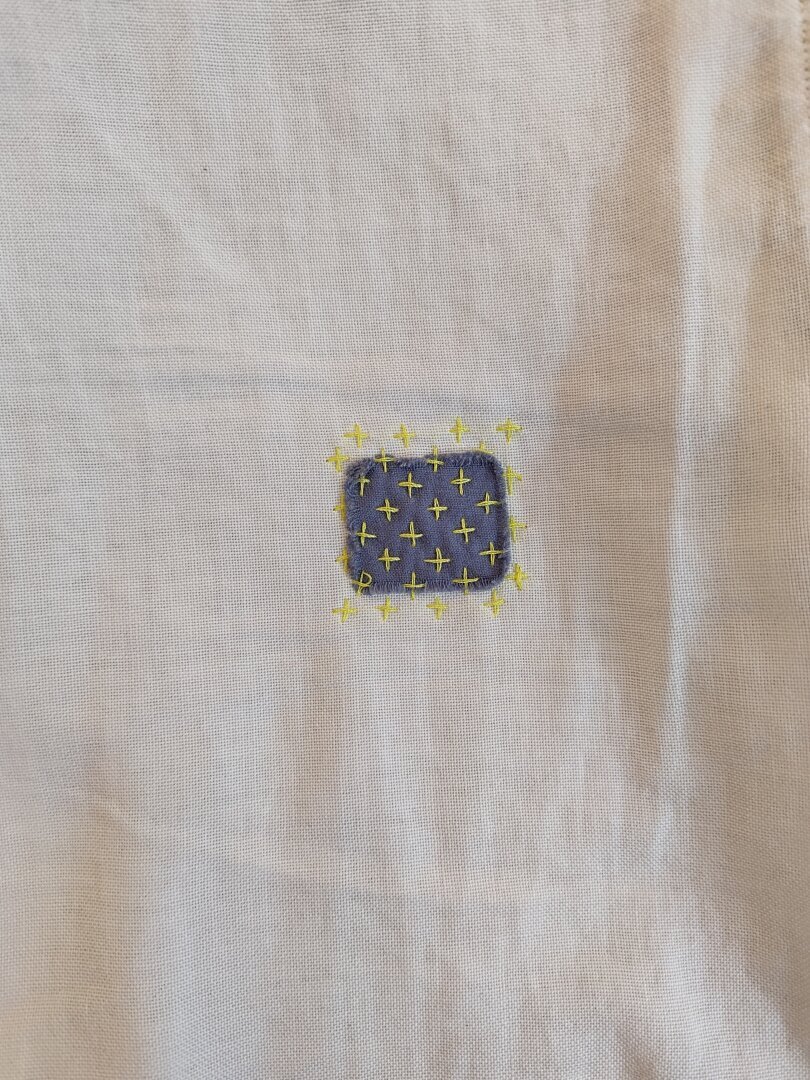
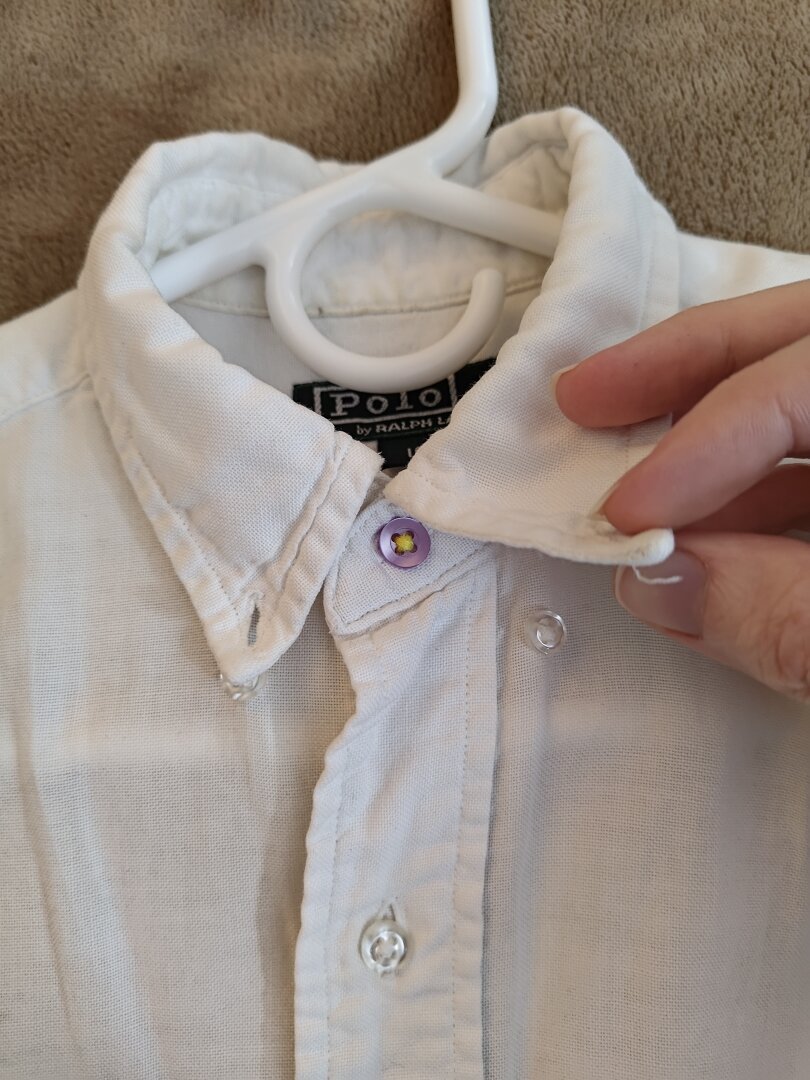
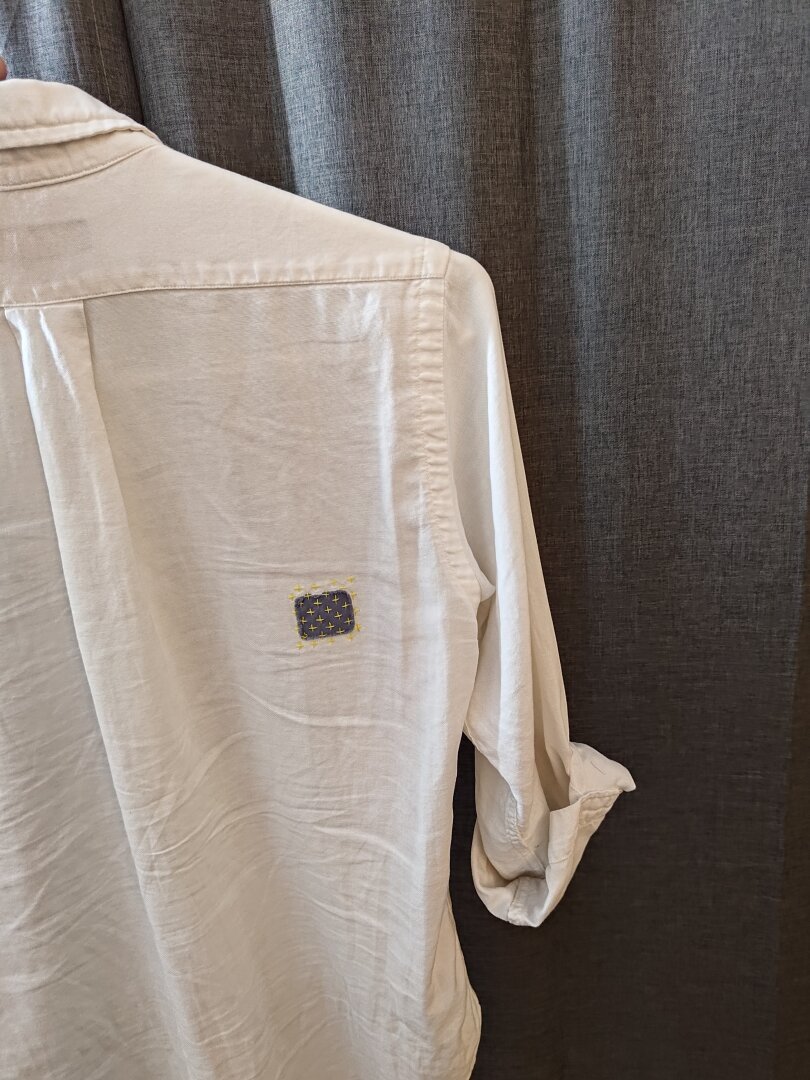
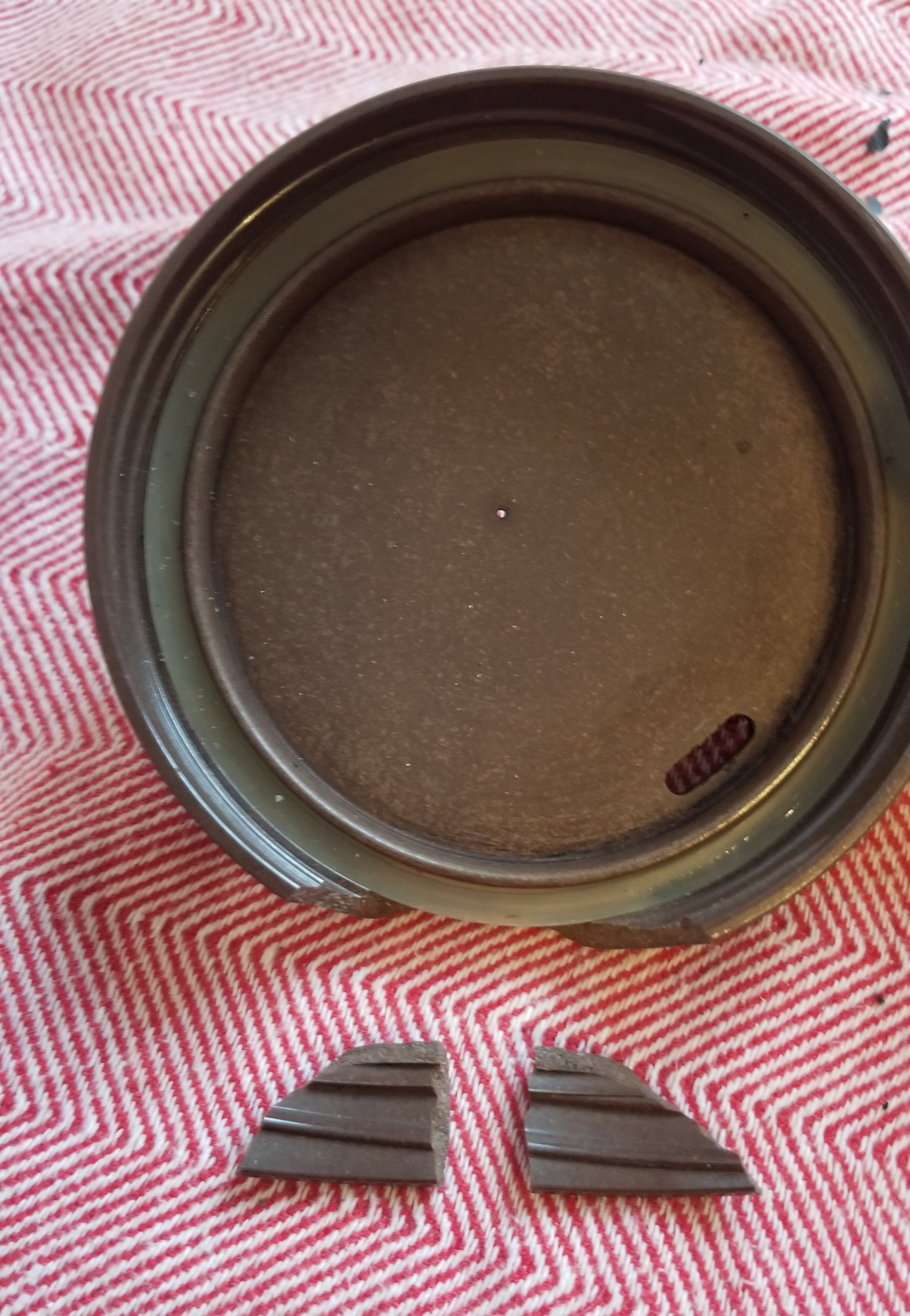
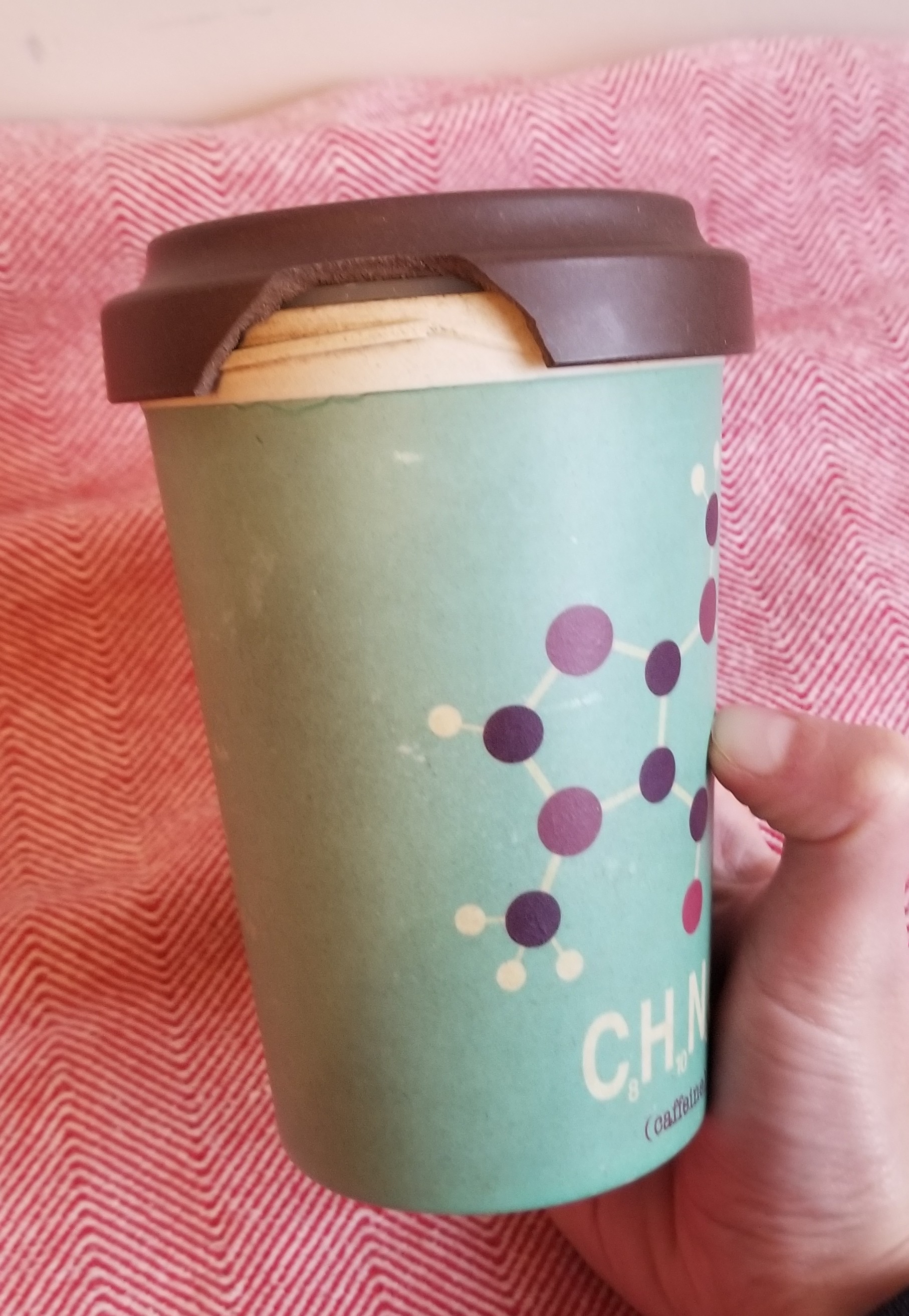
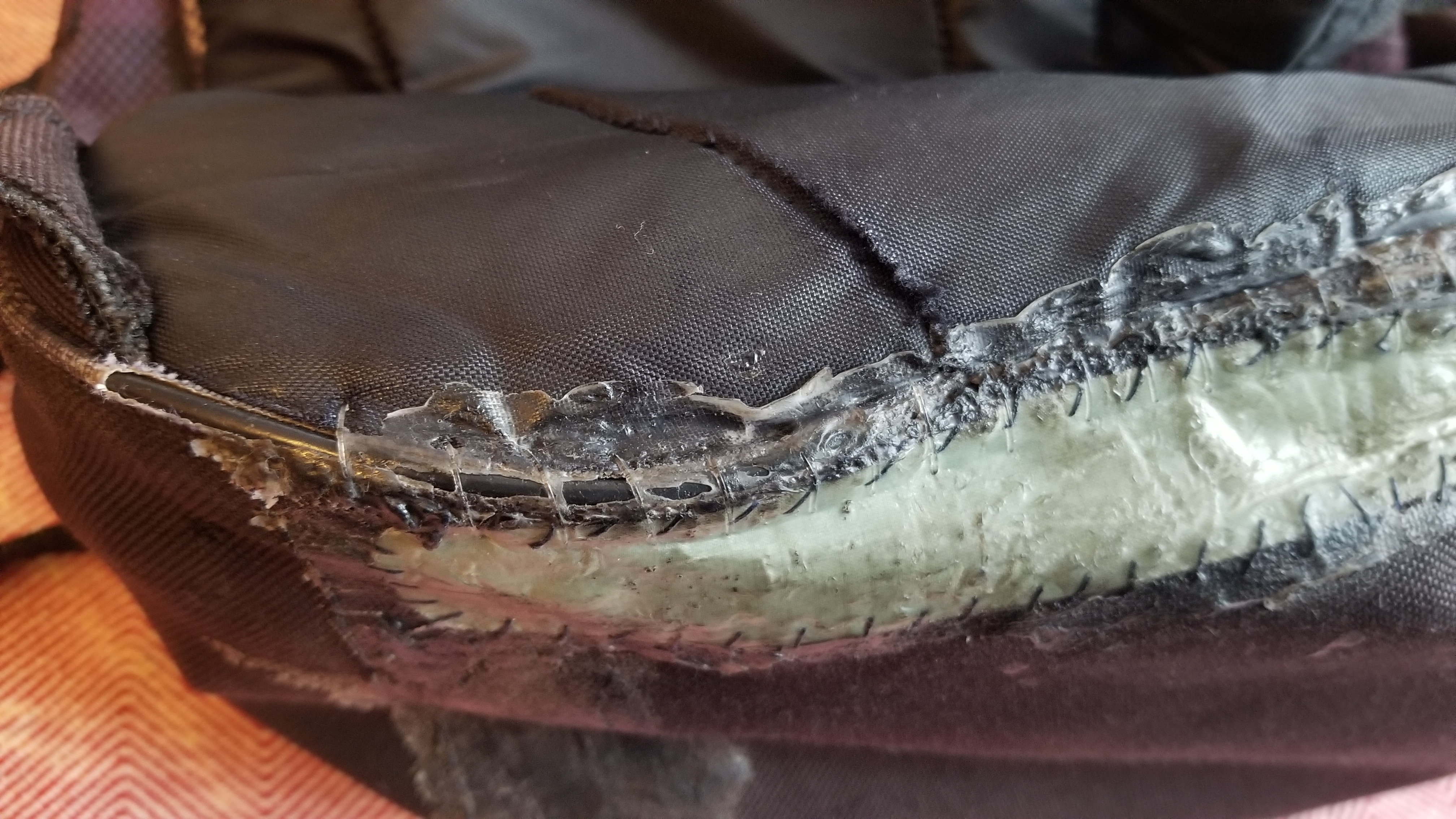
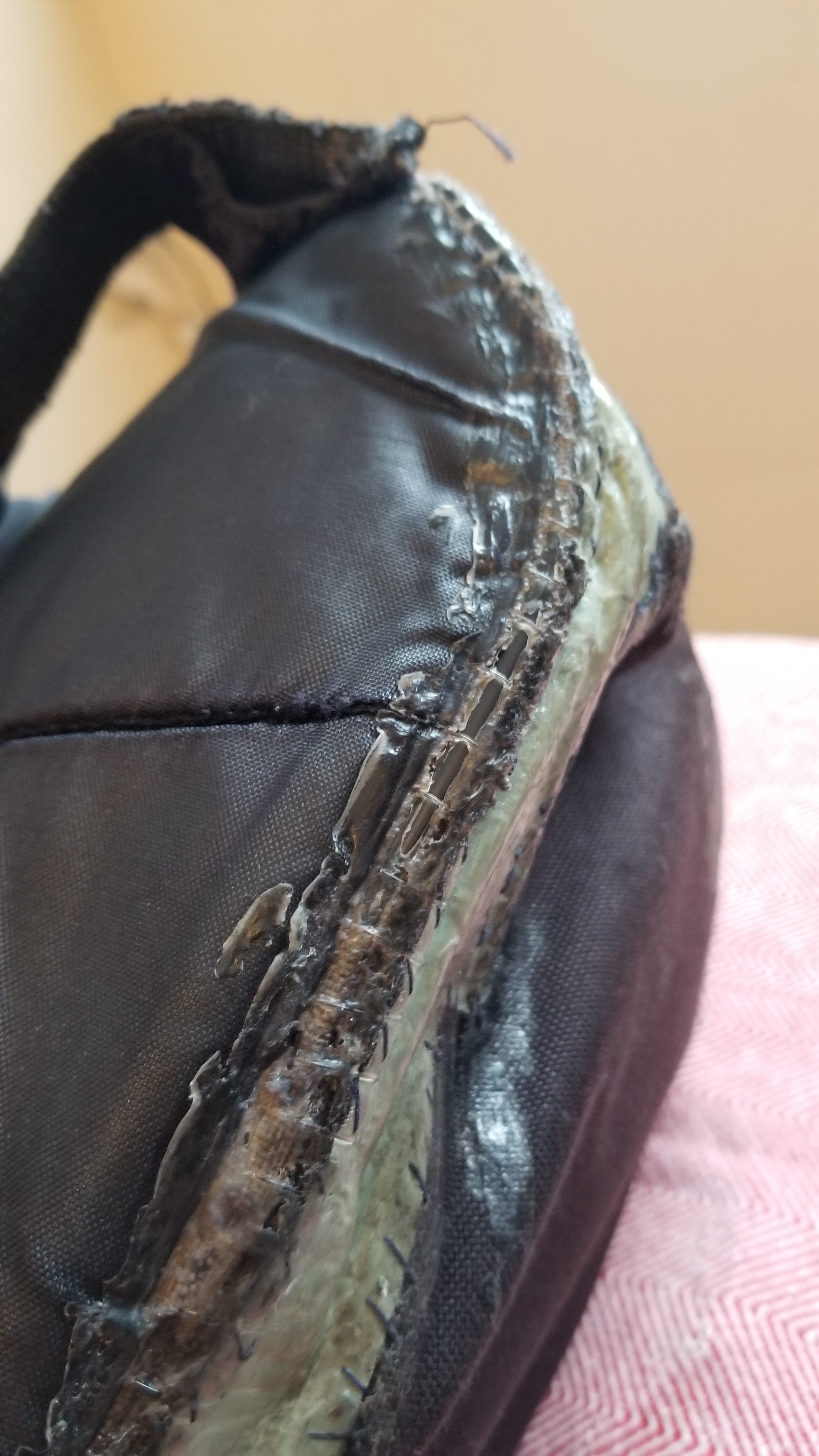
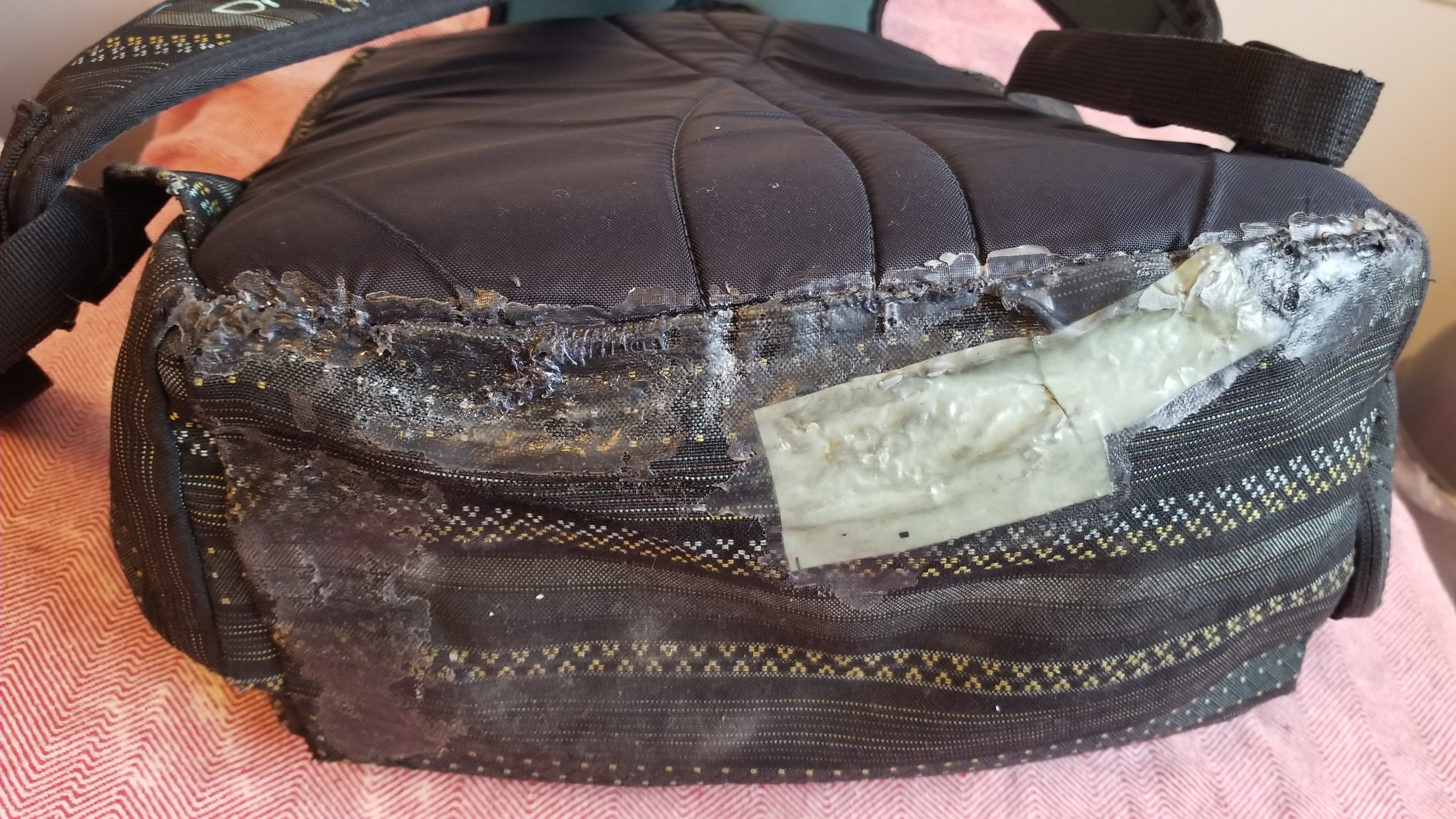
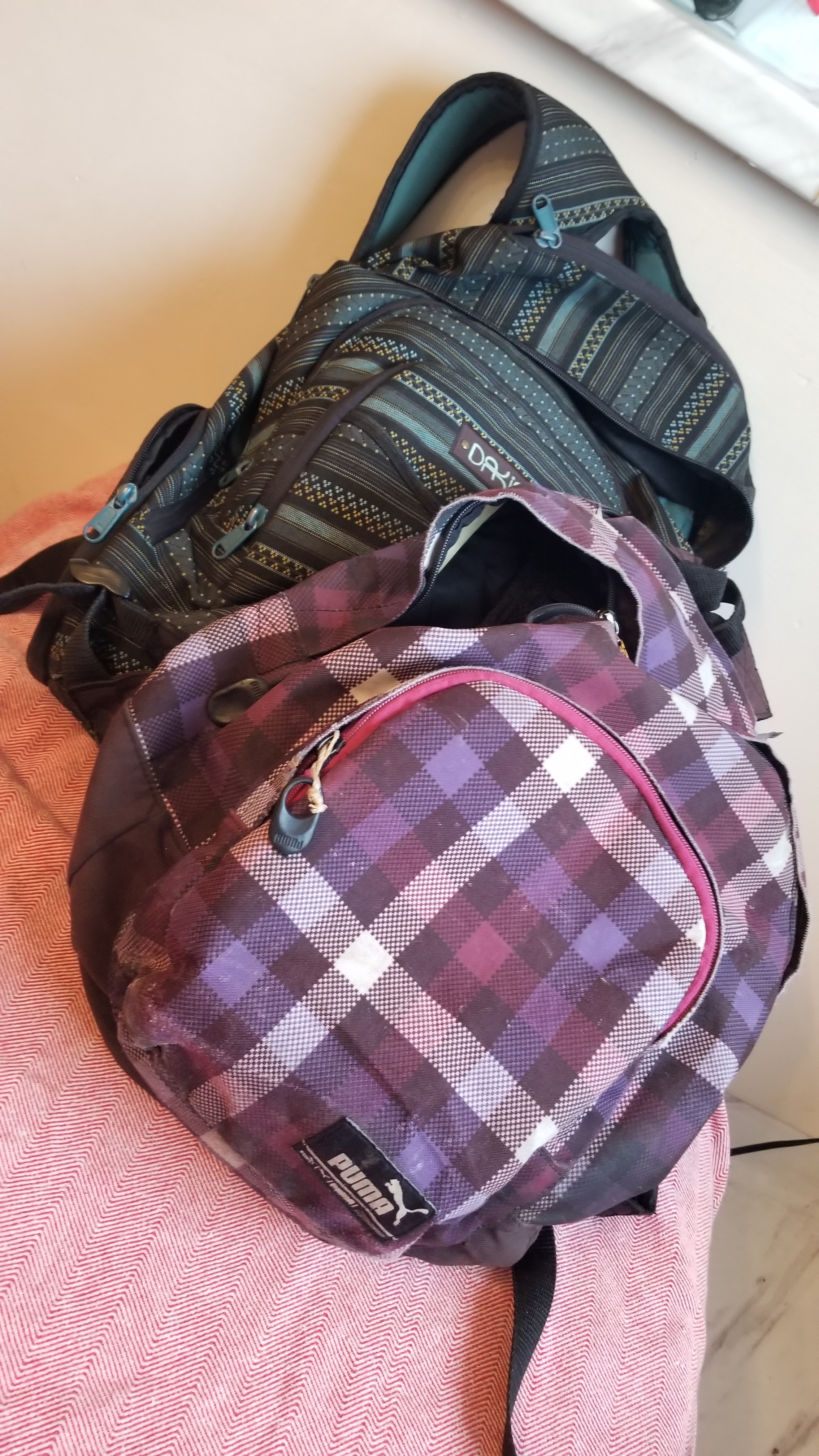
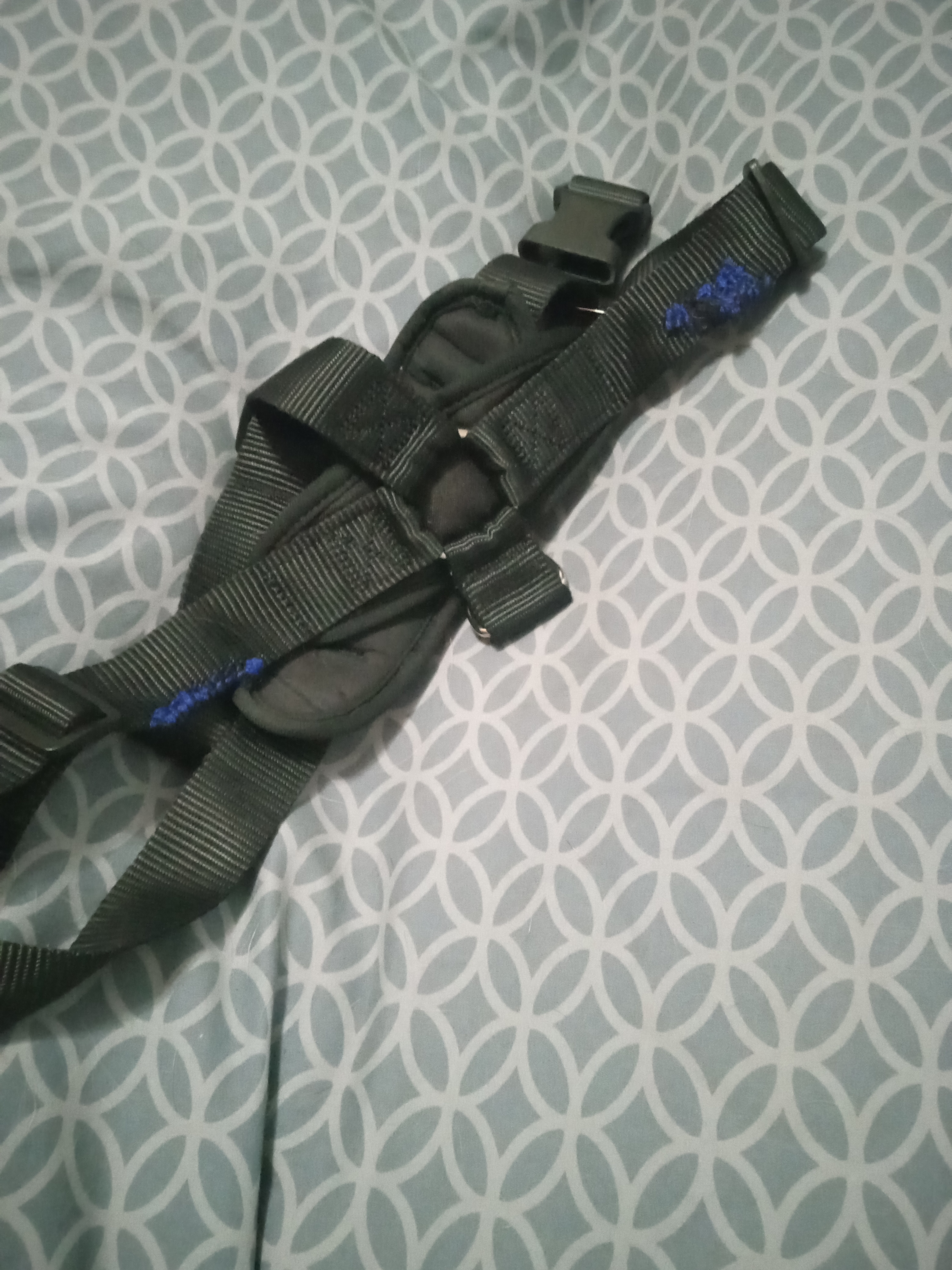
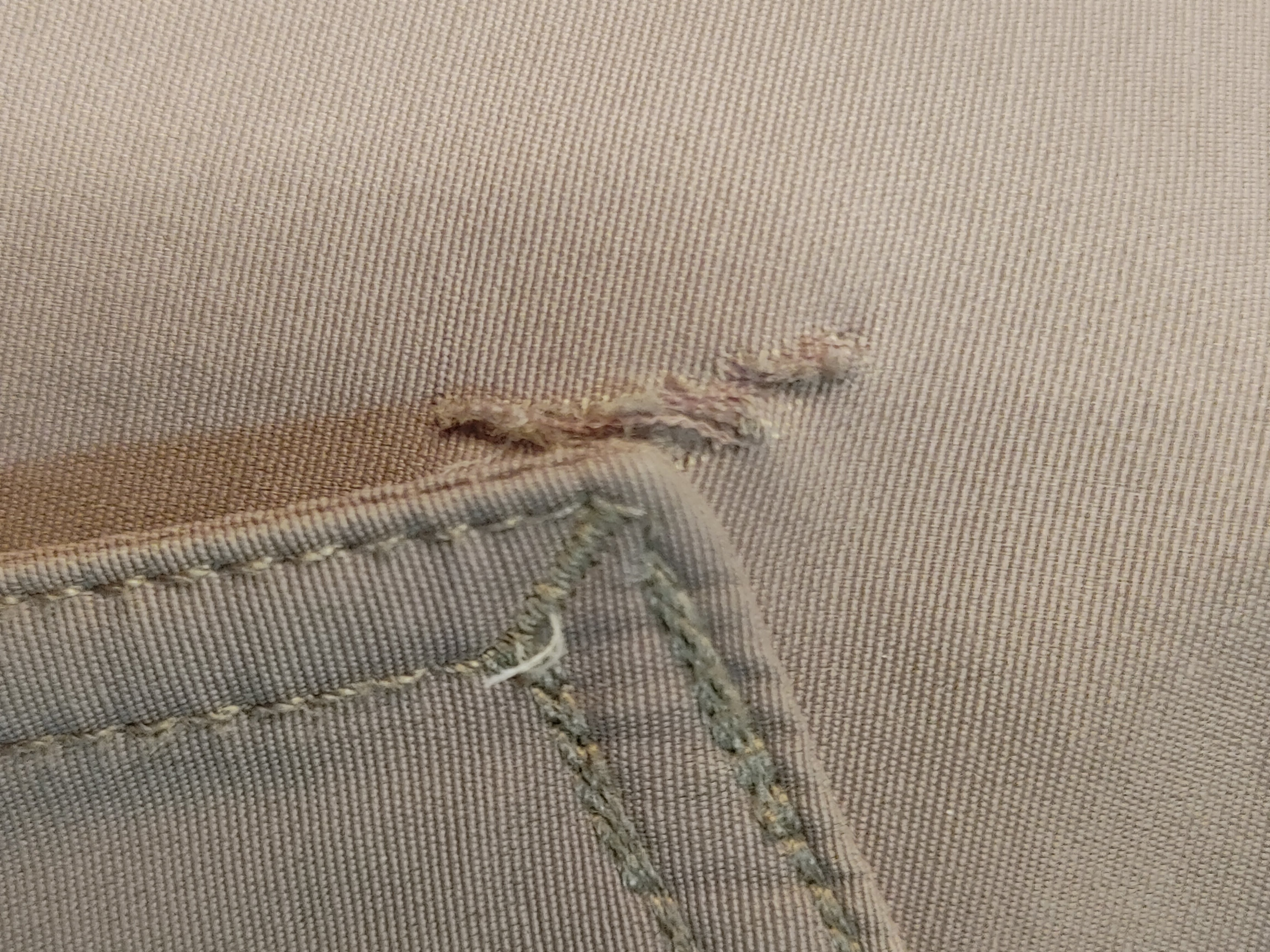
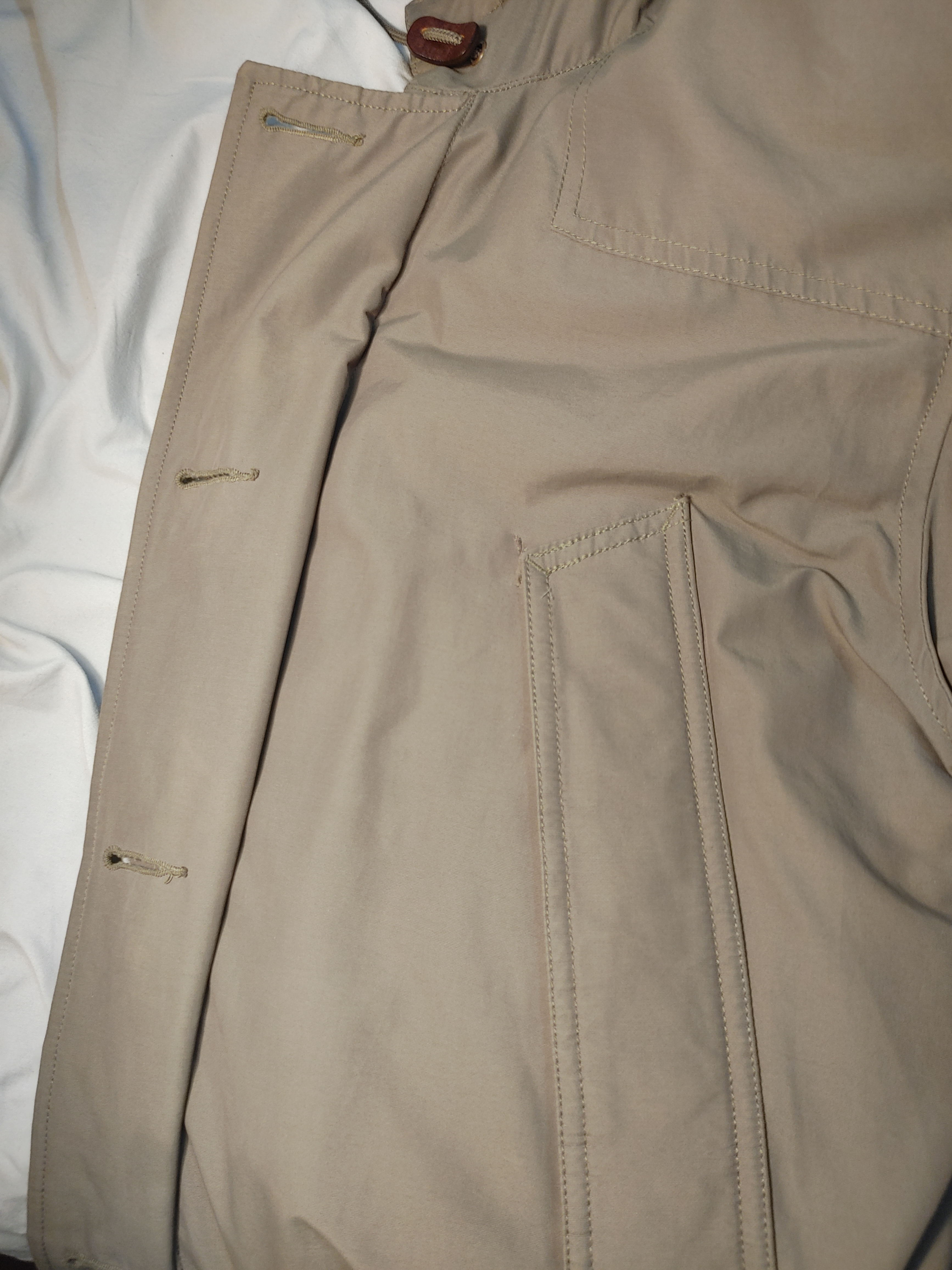

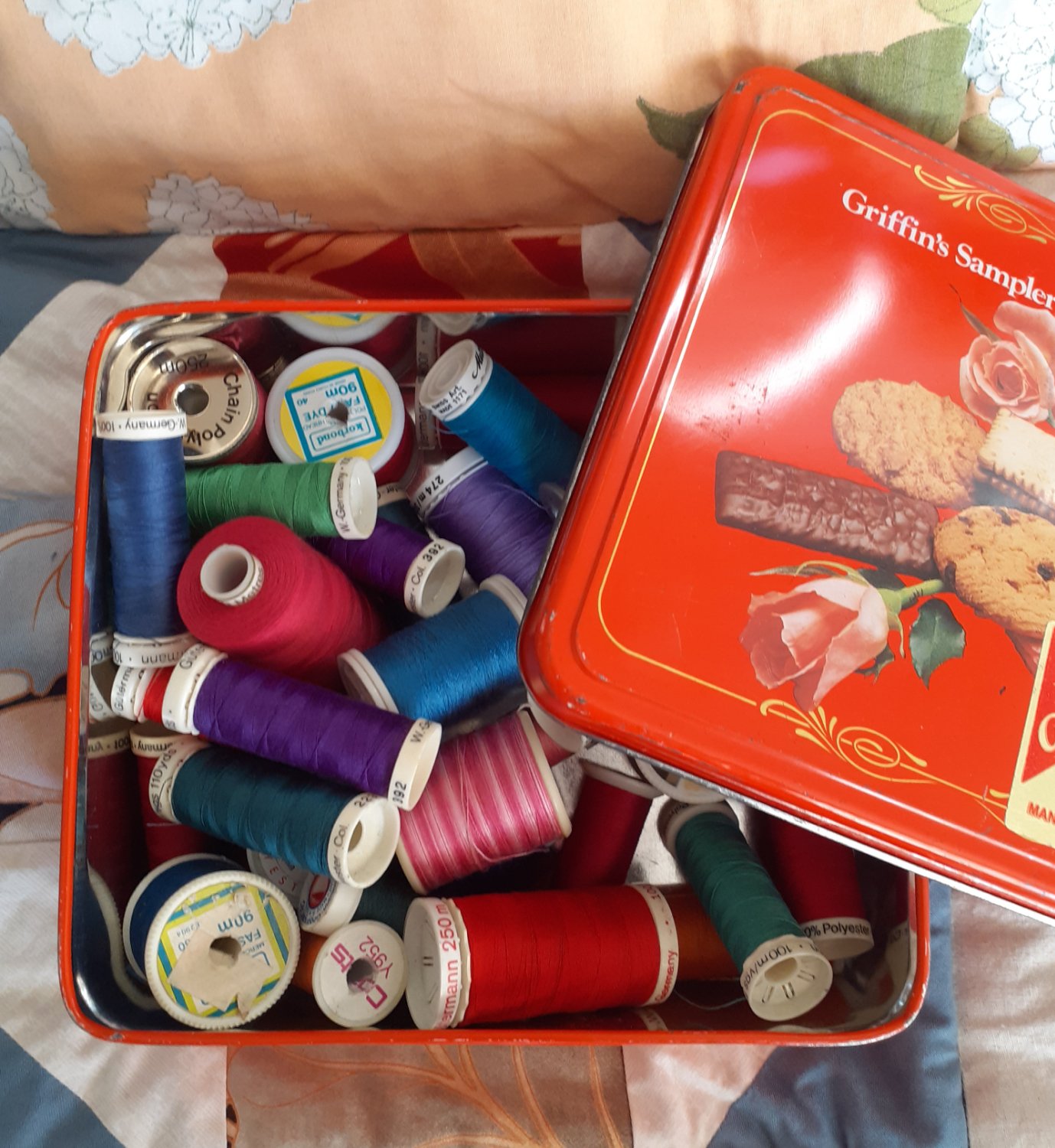
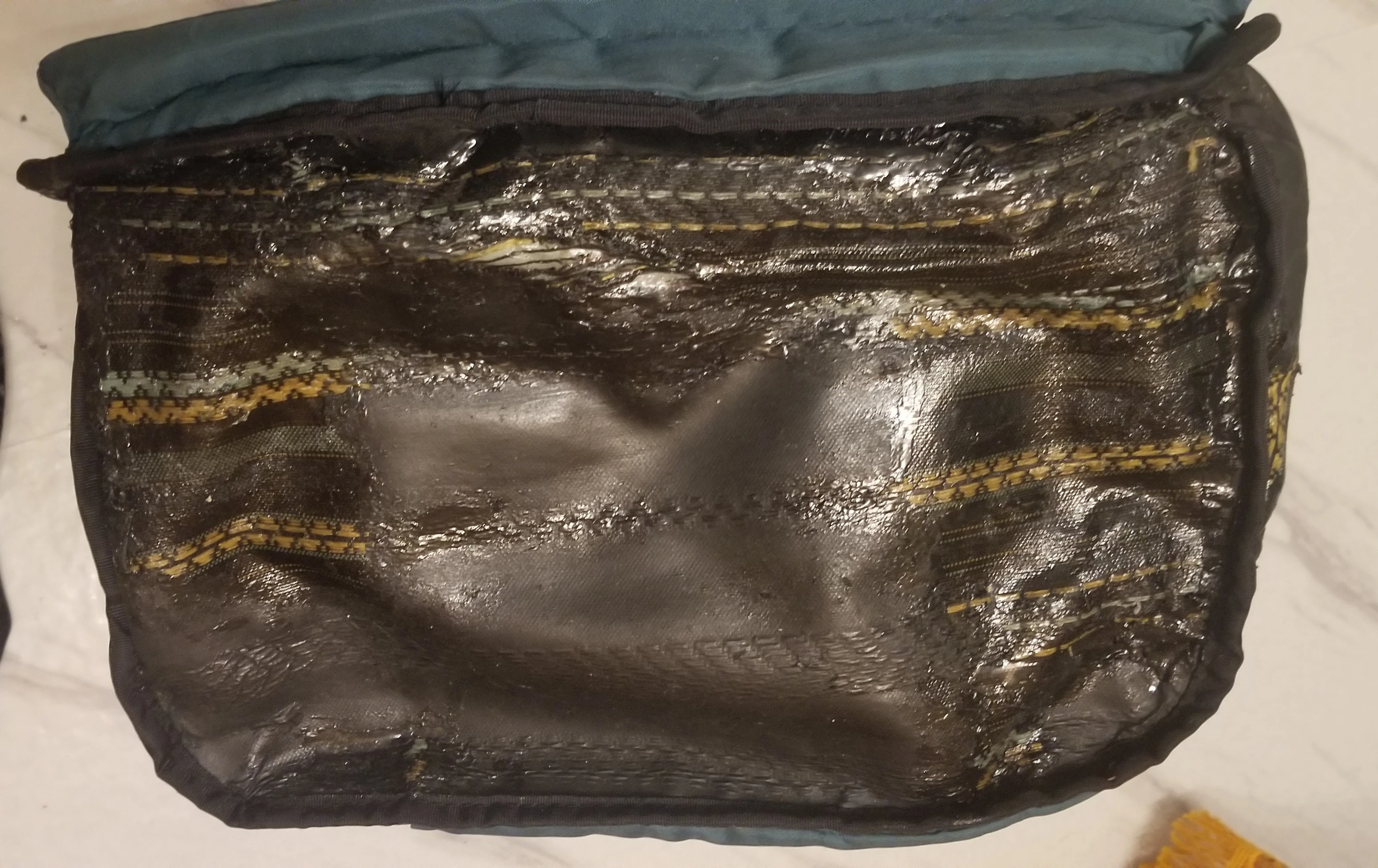
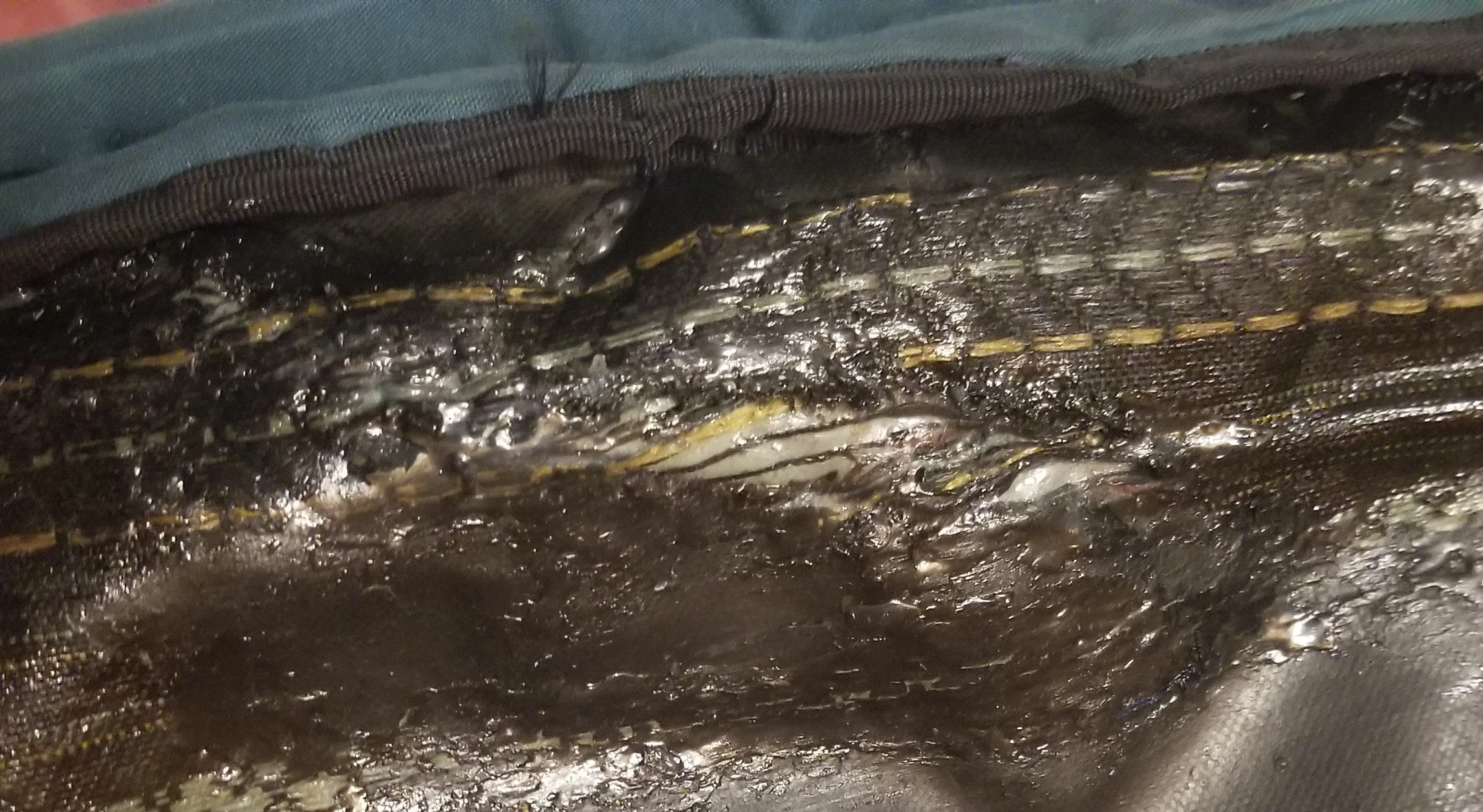


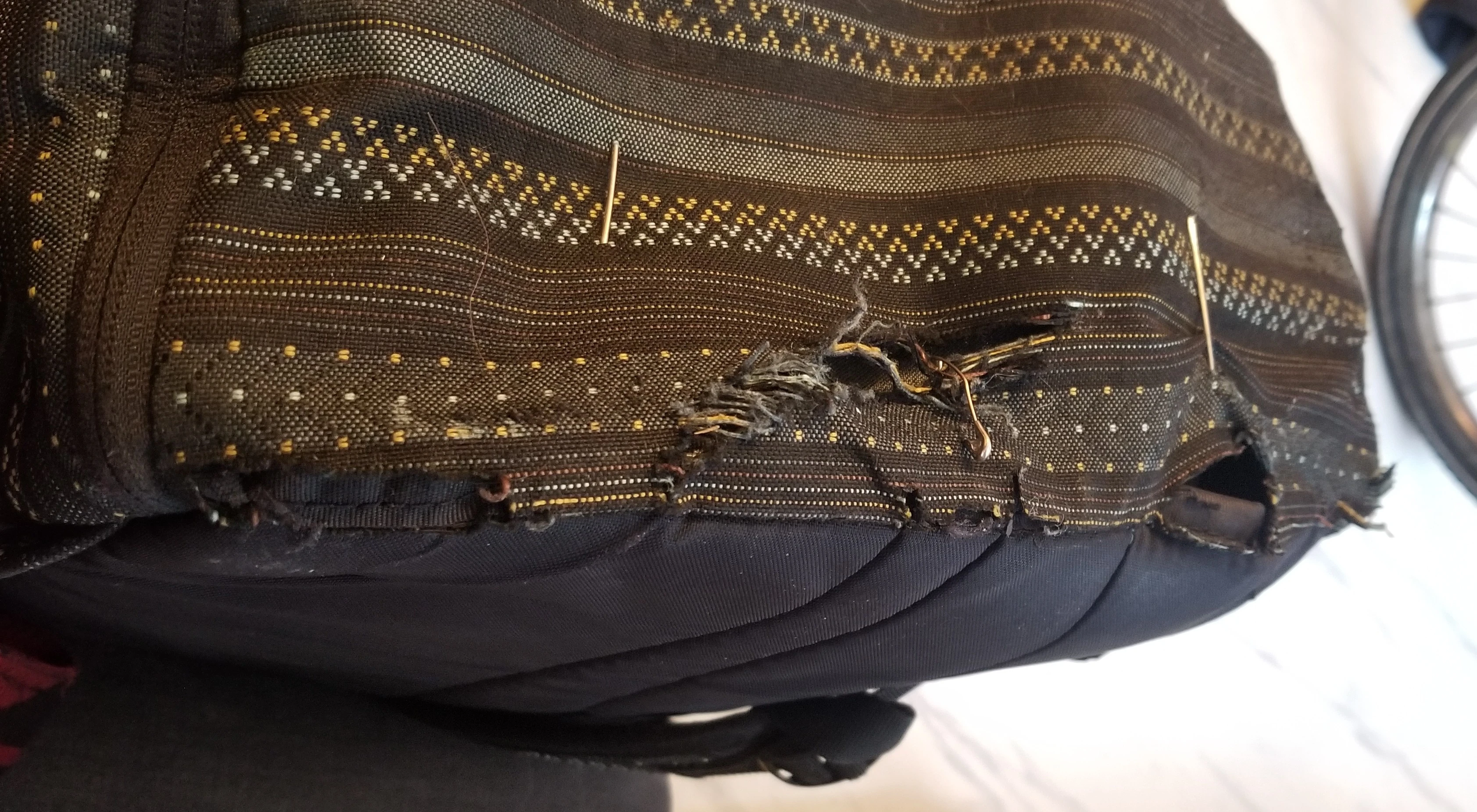 Sewed some of the smaller rips, then added repair tape to the largest one:
Sewed some of the smaller rips, then added repair tape to the largest one:
